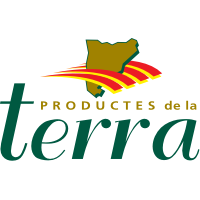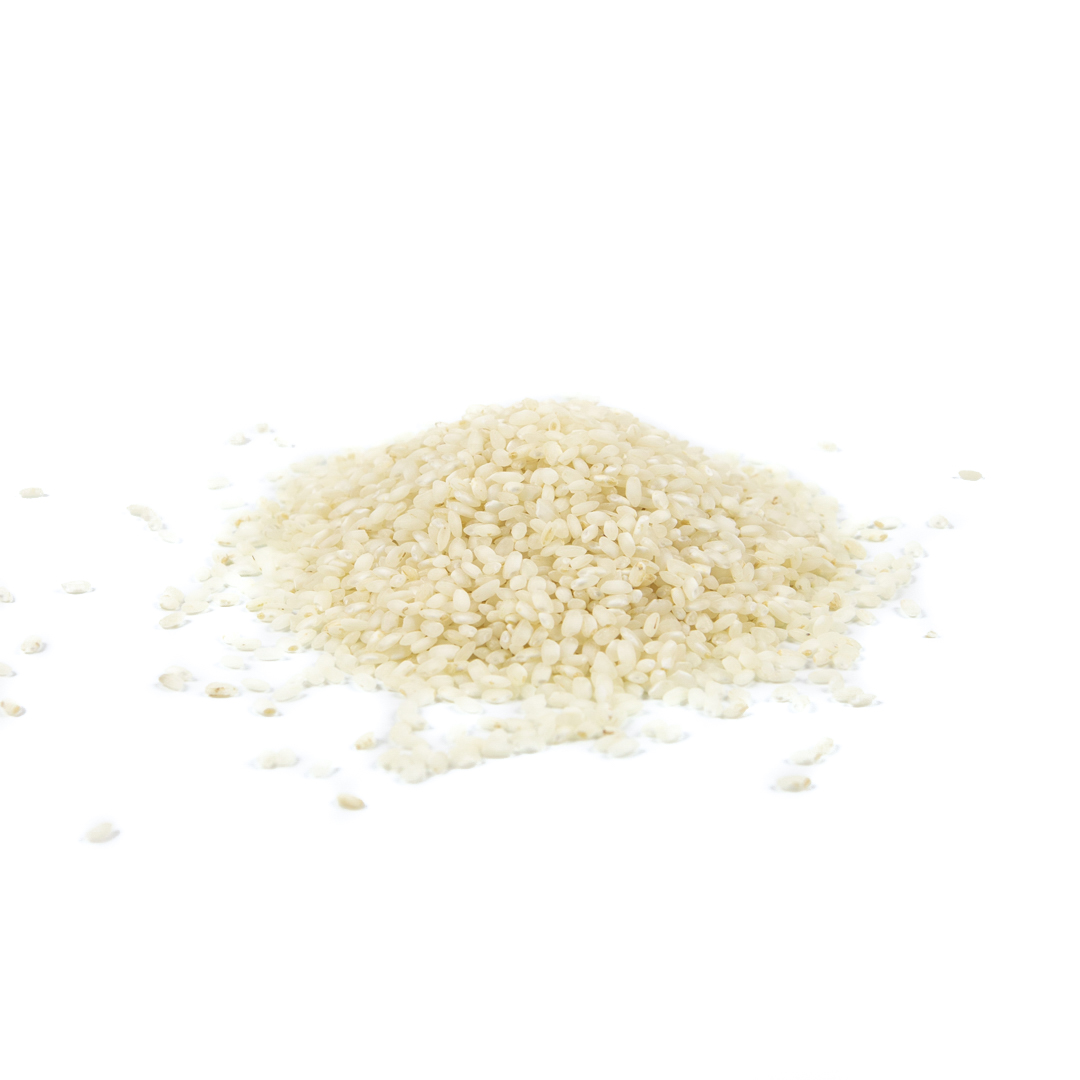PDO Rice from the Ebro Delta
The Ebro Delta is the area of Catalonia with the longest tradition in rice production. Its characteristics and sensory and culinary attributes are guaranteed and regulated within the framework of the Protected Designation of Origin (PDO).
The Ebro Delta concentrates most of the Catalan rice production. The quality of this rice is due both to the soil and climatic characteristics of the area, as well as to its salinity and the height of the phreatic layer. On the other hand, it presents an optimal integration in this geographical space and contributes to the conservation of natural ecosystems. There are six authorized varieties: Bahía, Bomba, Fonsa, Gleva, Montsianell, Senia and Tebre. Rice cultivation is carried out on flooded soils. Land adaptation work begins between February and March; In April, the fields were flooded – a task that must be constantly and carefully renewed in order to avoid thermal changes – followed by sowing. Then the rice begins its germination, growth and ripening. When it is completed, around September the long harvest begins for four or five weeks. Once harvested, the rice receives the necessary treatments to be able to be marketed: drying, which consists of removing moisture from the rice up to 15%; storage, which takes place in silos or warehouses; grinding, which consists of removing glumas and cuticles from the pericarpium so that the rice is fully bleached; cleanliness, at which point foreign bodies are separated by air or vibration; packaging; quality control; and labeling.
Territory
Labels
Season calendar
- GEN
- Feb
- Sea
- Apr
- Never
- JUN
- JUL
- AUG
- THIRST
- OCT
- nov
- From
Complementary information
Rice cultivation in Catalonia is very old and the presence in the delta dates back some centuries, but the first news we have about rice cultivation in terres de l'Ebre dates back to 1697 and refers to the properties that the monks of Benifassar had in the Carrova. The impulse of rice cultivation in the delta occurred thanks to the construction of the irrigation channels, in 1860 on the right bank and in 1912 on the left bank of the Ebro river, which allowed the sanitation of the farmland in these years and during the first half of the twentieth century, so that of the 1 500 ha that this crop occupied in 1860 it was passed in 1975 to 16,000 ha. This expansionary trend has continued in recent years, sustained by the development of mechanization of farms and the replacement of cultivation techniques, the form of seedling and transplantation by the direct sowing system. Currently, the entire rice cultivation process is practically mechanized, except in some complementary tasks. Today, 22,000 hectares are cultivated and production now exceeds 120 million kilos.
Attributes and nutritional properties
The rice deposited in the silos is made throughout the year to be packaged and marketed. Only white rice from the Extra commercial category is used. Rice packaging with PDO must be done considering the inclusion of a single type of variety in each packaging. The regulatory containers are 250 g, 500 g, 1 kg, 2 kg and 5 kg, and must be presented in boxes or plastic bags to guarantee their integrity. The label includes, in addition to the trade name and mentions required by current legislation, the name and logo of the PDO Arròs del Delta de l'Ebre, as well as the community symbol of denominations. Much of the production is aimed at foreign markets, but a large part remains in Catalonia, where it can be found both in small groseries, supermarkets and retailers, so that it can be purchased inside and outside the Terres de l'Ebre. Rice from the Ebro Delta is increasingly appreciated as recognition of the advantages of quality rice, in terms of flavor and texture, among people increases. The importance of this product in agricultural activities has also been reflected in gastronomy, so that the delta regions have generated some of their own dishes based on rice, in particular rice a banda, being also traditional a multitude of recipes, among which paellas and rice dishes stand out.








